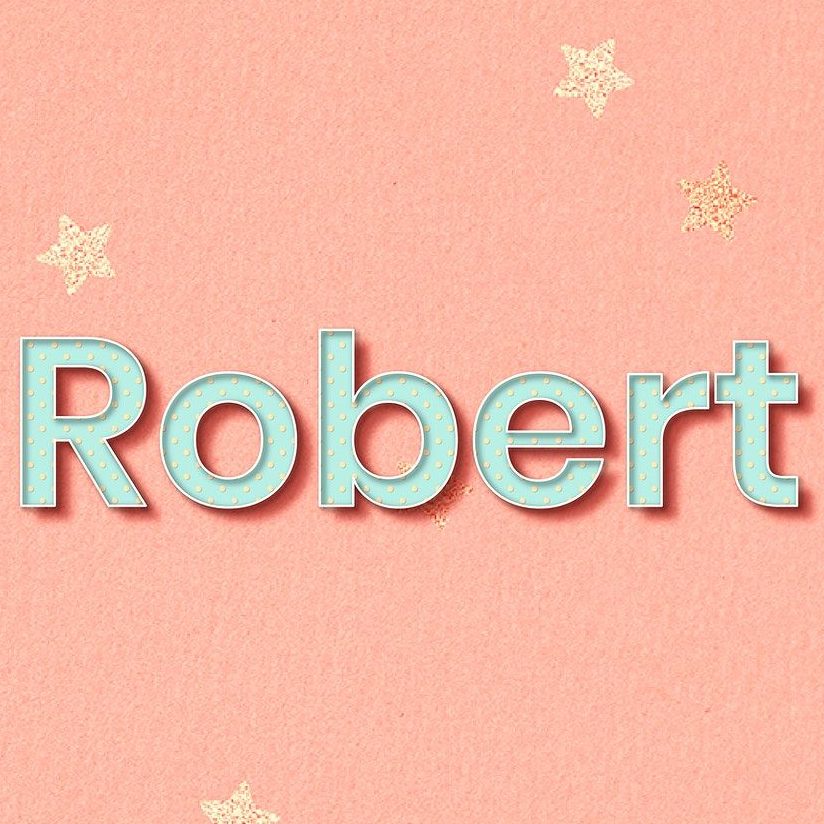Elon Musk’s artificial intelligence start-up xAI has released its first AI model, as the tech billionaire looks to take on OpenAI, Google and Meta with a sassy chatbot that is tightly integrated with X, formerly Twitter.
Grok, the new AI system, has “real-time access” to information from X, the social media platform Musk bought for $44bn a year ago, he said in a post on Saturday night, giving it a “massive advantage over other models” that have largely relied on older archives of internet data.
The chatbot “loves sarcasm” and responds with “a little humour”, Musk added, hoping that giving Grok more personality will allow it to stand out in an increasingly crowded market.
“It will also answer spicy questions that are rejected by most other AI systems,” xAI said as it announced a “very early” testing version of Grok.
So-called generative AI companies — whose technology can create humanlike text, code and imagery in seconds — have raised billions of dollars this year as investors pile in to an industry that proponents say could be as transformative as the internet. Others, however, fear a new tech bubble is inflating, with commercialisation of the technology remaining at an early stage.
xAI’s ability to release a capable model with what it says was just two months of training shows how new entrants are beginning to eat away at the huge lead established by OpenAI, which released its breakthrough chatbot ChatGPT almost a year ago.
Users of X can apply now to try out Grok, which will be available to subscribers of the app’s new “Premium+” service, costing around $16 a month, after it completes an unspecified period of testing.
The launch comes as Musk is seeking to boost engagement and sales at X, which since his 2022 purchase of Twitter has lost revenue after many advertisers pulled spending over concerns about his relaxing of content moderation.
In September, its social media rival Meta announced it was launching nearly 30 AI chatbots across its Instagram, Facebook and WhatsApp apps, including one AI assistant designed to answer user questions, and others based on the personas and likenesses of celebrities as an entertainment play.
Musk, who said last week that eventually “AI will be able to do everything” and render human work obsolete, formed xAI earlier this year. His team of engineers, who formerly worked at Google DeepMind and Microsoft, has been racing to catch up with more established rivals such as OpenAI, which Musk co-founded in 2015 but left three years later.
Experts warned that the chatbot had the potential to display biases or spread harmful material or false information, known as “hallucinations”.
Other players in the space have struggled with these issues “even after various trust and safety teams from those companies have worked to make them safer”, said Reid Blackman, an AI ethics adviser at Virtue Consultants.
“Elon Musk, on the other hand, decimated the trust and safety team at [X] and intends to make this Chatbot less politically correct — aka more rude and inappropriate,” Blackman added, and that “Musk’s chatbot poses greater risks than what we’ve seen so far”.
X did not immediately respond to a request for comment.
Despite being created in just a few months, Musk claims that Grok’s capabilities rival the latest models from Meta, which released its LLaMA 2 model in July, and Inflection, the AI start-up led by former DeepMind co-founder Mustafa Suleyman, according to benchmark tests.
xAI said Grok’s ability to respond to mathematical queries or demonstrate reasoning is similar to OpenAI’s GPT-3.5, the model that powered the initial version of ChatGPT when it launched last November. The start-up added that Grok passed a Hungarian high-school final maths exam with a grade C, matching Anthropic’s Claude model.
However, xAI also admitted it is behind OpenAI, which in March released its latest GPT-4 model. That has shown “human-level performance” on professional benchmarks such as the US bar exam, and is already being embedded into apps by partner companies.
“[Grok] is only surpassed by models that were trained with a significantly larger amount of training data and compute resources like GPT-4,” xAI said. “This showcases the rapid progress we are making at xAI in training [large language models] with exceptional efficiency.”
Nathan Benaich, an AI investor at Air Street Capital and co-author of the State of AI Report, said the benchmarks suggested Grok’s performance was “impressive given its relatively small size and the fact they turned it around in a few months”.
“But considering the company is owned by the world’s richest man and had access to tens of thousands of GPUs and top talent, you’d expect something good,” he added, referring to the graphics processing unit (GPU) chips needed for training LLMs.
Aaron Brindle at Radical Ventures, another AI investor, cautioned that building an AI system that can generate revenue from business customers was different to making a chatbot that appeals to consumers. “Large enterprise customers prioritise safety, reliability and performance,” he said.

Robert Johnson is a UK-based business writer specializing in finance and entrepreneurship. With an eye for market trends and a keen interest in the corporate world, he offers readers valuable insights into business developments.








